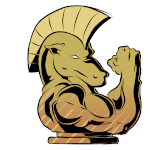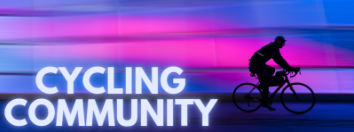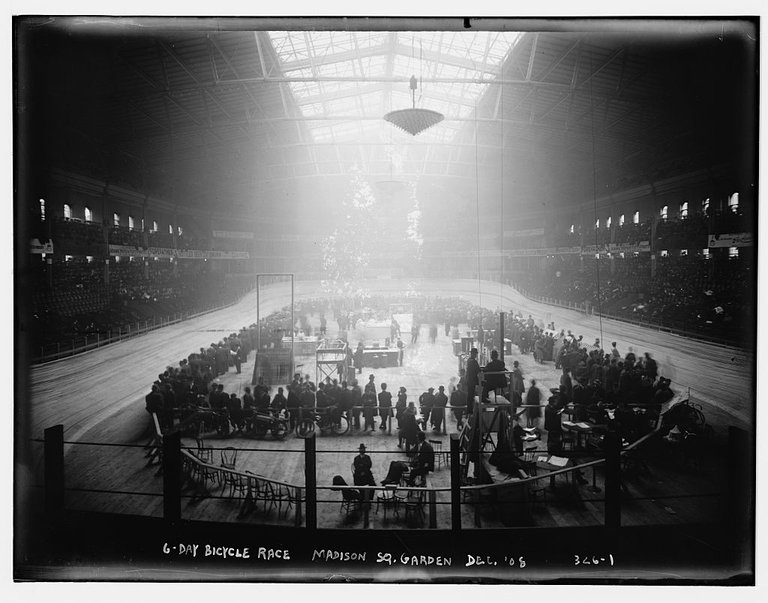
Es innegable que @palabras1 me conoce lo suficiente como para saber que cuando alguien toca un tema sobre el que tengo algún recuerdo o una historia para contar, difícilmente pueda evitar la tentación de tomar el teclado y derramar palabras descriptivas; si, es más fuerte que yo.
La publicación de @tonyes sobre el ciclismo profesional trajo recuerdos gratos de mi adolescencia y juventud, cuando acompañaba a mi padre a ver espectáculos deportivos.
Él no era un apasionado de los deportes como yo, para nada. Era simpatizante de Gimnasia y Esgrima de La Plata porque seguramente sus hermanos mayores lo incitaron a serlo o porque el esposo de una de sus hermanas había sido centro delantero del Lobo Platense, pero no derrochaba entusiasmo por su club ni por el fútbol en general. Solo un deporte le apasionaba y era el boxeo, sin embargo, simpatizaba bastante con el ciclismo o para ser preciso con una carrera en particular, era un pertinaz asistente a una carrera emblemática y muy popular en el calendario mundial por aquel entonces: los seis días en bicicleta; todos los años, cuando el circo de las dos ruedas llegaba a la Argentina y al mítico estadio Luna Park, allí estaba el comprando los tickets para presenciarla.
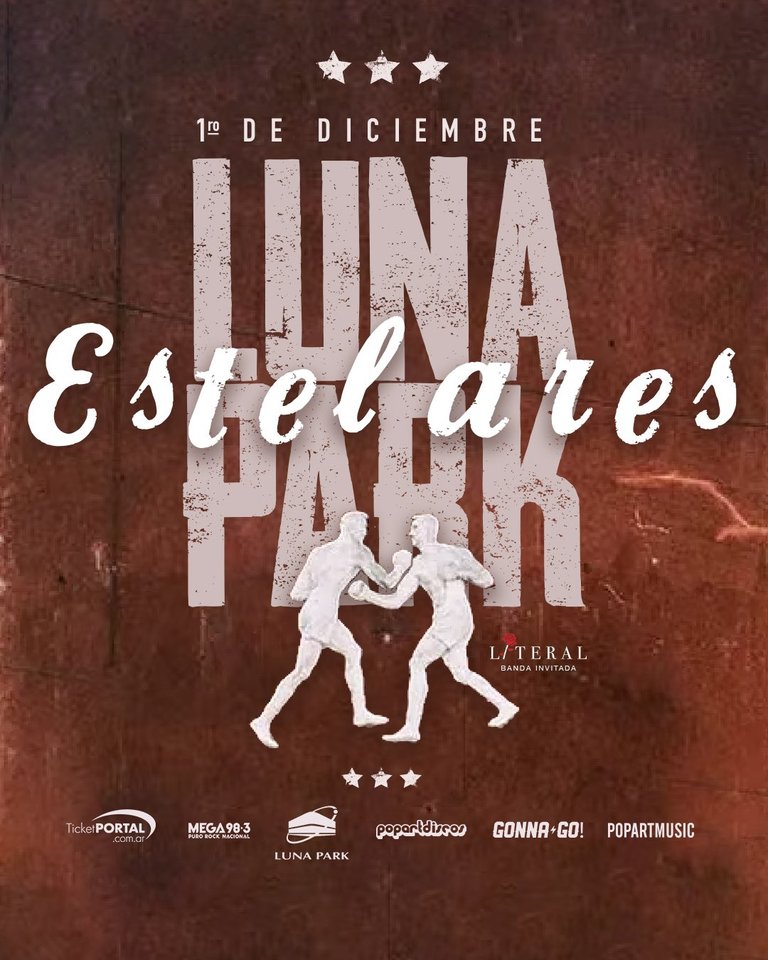
Tuve la suerte de poder acompañarlo en un par de oportunidades, asistir al Luna Park era algo fascinante por aquel entonces, el estadio cubierto más grande de Latinoamérica emplazado en pleno centro porteño, allí se desarrollaban la enorme mayoría de las peleas de boxeo y era fascinante ver el entusiasmo y la pasión de los aficionados que deliraban ante los grandes campeones que supimos tener en la época de oro del deporte de los puños, allí pelearon en varias oportunidades Pascual Perez, medalla de oro olímpico y campeón mundial de peso mosca, Horacio Acavallo, heredero del primero y también campeón mundial durante varios años, el gran Nicolino Locche, Oscar Bonavena y nuestro ídolo máximo de ese deporte, Carlos Monzón.
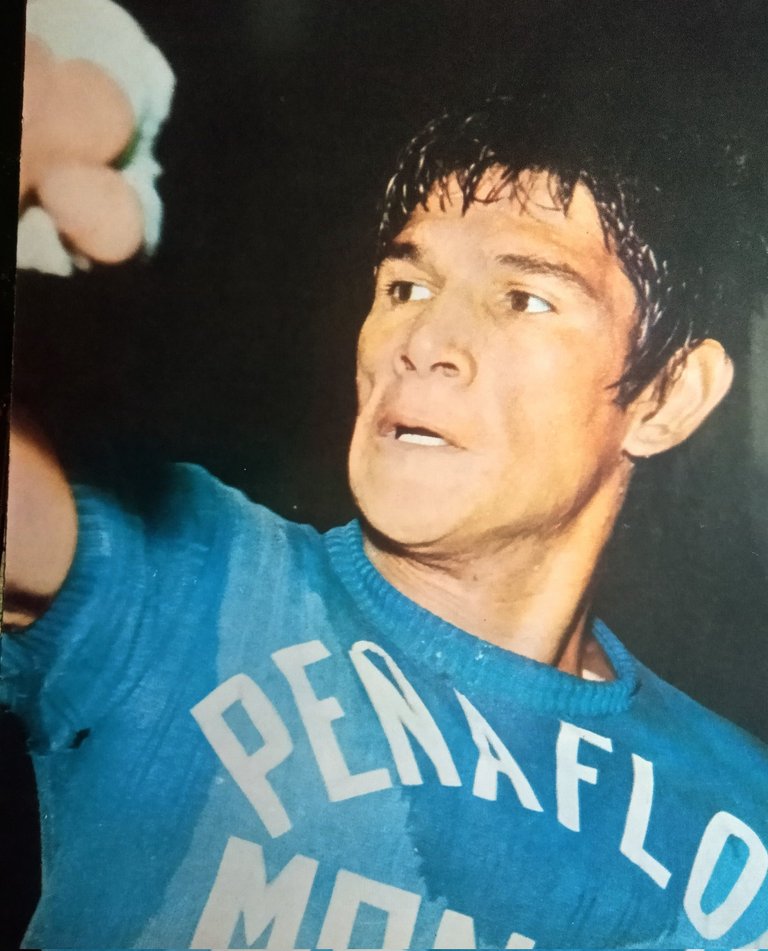
El Luna Park era un estadio adaptable a prácticamente cualquier uso y pese a que el boxeo era el preferido de su administrador, también era un gran empresario y traía espectáculos de nivel mundial permanentemente, en pocas horas se podía desarmar el ring y las gradas del ringside y armar una cancha de basquetbol, lugar donde montaron su show durante muchas temporadas los Globetrotters, ese espectáculo entre circense y basquetbolístico que estuvo de moda durante mucho tiempo. También se armaba el escenario del Cirque Du Soleil y más adelante la pista de hielo para el Holliday On Ice.
Sin embargo, una de las mayores atracciones eran los 6 días en bicicleta, para lo cual se armaba un óvalo peraltado de grandes dimensiones. Este espectáculo comenzó siendo una popular competencia que arrancó en el siglo XIX en Inglaterra y en sus comienzos era una competencia individual que demandaba un esfuerzo enorme al abarcar seis días completos con sus noches, prácticamente sin descanso. Con el paso del tiempo fue trastocando el formato para pasar a ser una competencia por equipos donde había distintas pruebas combinadas y hasta entrada la década de 1960 era requisito que al menos un ciclista estuviera circulando por la pista a cualquier hora durante los seis días. Luego volvieron a cambiar algunas reglas y solo quedó el título de la competencia por tradición.
La carrera se internacionalizó rápidamente y recuerdo que aquí venían equipos de todas partes del mundo, franceses, ingleses, españoles, italianos y norteamericanos eran los más famosos y acaparaban las páginas de los periódicos, nuestro equipo, si bien nunca fue tan fuerte como ellos, lograron darles pelea en algunas especialidades.
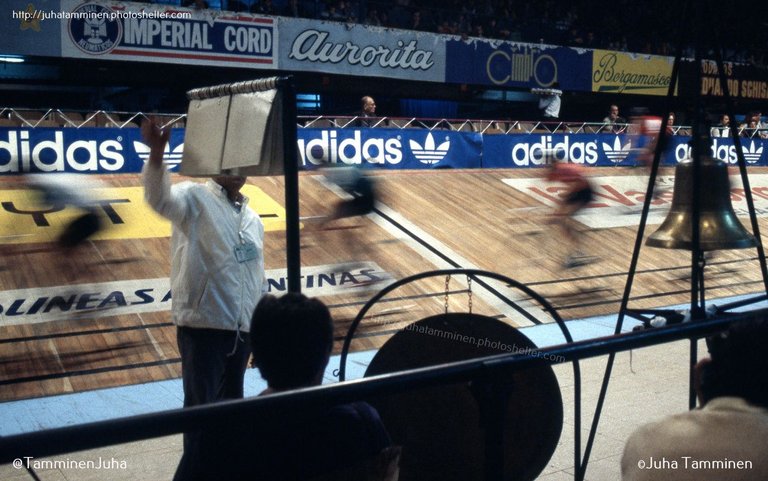
Según pude averiguar, en mi país comenzó a correrse en 1936 y poco a poco se convirtió en un clásico espectáculo para los habitantes de la Capital Federal, tanto fue el interés despertado que durante su transcurso venían espectadores del interior y también de países limítrofes que llenaban las gradas por toda la duración de la competencia.
1984 fue el último año en que se corrieron los seis días en bicicleta en la Argentina y en 1999 hubo un intento por recuperar la magia y la mística de la competencia, pero no resultó y hace décadas que solo es un recuerdo.
Por algunas cosas que leí sobre el ciclismo, antes de la irrupción del fútbol en la vida de la humanidad, este deporte llegó a ser el más popular en Europa y los Estados Unidos y podríamos decir que también fue el comienzo del feminismo en las actividades deportivas ya que había competencia de mujeres e incluso algunas protagonistas llegaron a tener fama y prestigio mundial. De hecho, una crónica del Chicago Tribune del año 1896 cuenta como los aficionados destruyeron una pista de carreras y sus gradas enojados porque Dottie Farnsworth, la más exitosa ciclista del momento no se presentaría en una carrera programada en Minneapolis.
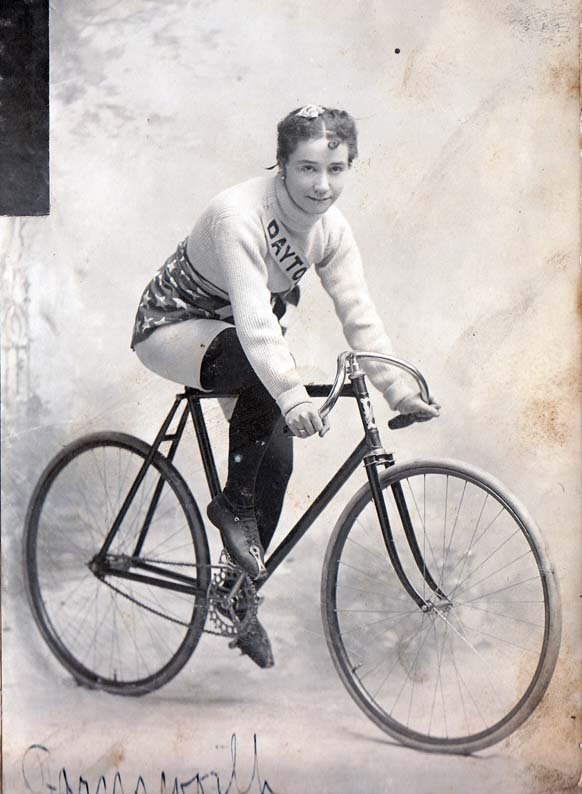
Debo agradecer este recuerdo principalmente a mi padre, quien sin saberlo me introdujo el germen de los deportes al llevarme a espectáculos como este.
Six days bicycle race
It is undeniable that @palabras1 knows me well enough to know that when someone touches on a topic about which I have a memory or a story to tell, I can hardly avoid the temptation to take the keyboard and spill descriptive words, yes, it is stronger than I.
@tonyes' post about professional cycling brought back fond memories of my adolescence and youth when I accompanied my father to watch sporting events.
He wasn't as passionate about sports as I was, not at all. He was a supporter of Gimnasia y Esgrima de La Plata because surely his older brothers encouraged him to be or because the husband of one of his sisters had been a center forward for Lobo Platense. Still, he did not exude enthusiasm for his club or football in general. He was only passionate about one sport and it was boxing, however, he was quite fond of cycling or to be precise with a race in particular, he was a persistent attendant of an emblematic and very popular race on the world calendar at that time: the 6 days cycling; Every year, when the two-wheeled circus arrived in Argentina and the legendary Luna Park stadium, he was there buying the tickets to see it.
I was lucky enough to be able to accompany him on a couple of occasions, attending Luna Park was something fascinating at that time, the largest covered stadium in Latin America located in the heart of Buenos Aires, the vast majority of the boxing fights took place there and it was fascinating to see the enthusiasm and passion of the fans who were delirious before the great champions that we knew how to have in the golden age of the sport of fists, Pascual Perez, Olympic gold medalist, and world flyweight champion, Horacio Acavallo, fought there on several occasions, heir to the first and also world champion for several years, the great Nicolino Locche, Oscar Bonavena and our greatest idol of that sport, Carlos Monzón.
Luna Park was a stadium adaptable to practically any use and although boxing was the favorite of its administrator, he was also a great businessman and brought world-class shows permanently, in a few hours the ring and the ringside stands could be dismantled. and set up a basketball court, where the Globetrotters put on their show for many seasons, that show between circus and basketball that was in fashion for a long time. The Cirque Du Soleil stage was also being set up and later the ice rink for Holliday on Ice.
However, one of the biggest attractions was the 6 days of cycling, for which a large banked oval was built. This show began as a popular competition that started in the 19th century in England and its beginnings, it was an individual competition that it required an enormous effort, covering six full days and nights, practically without rest. As time went by, the format was changed to become a team competition where there were different combined events and until the 1960s it was a requirement that at least one cyclist be riding on the track at any time during the six days. Then they changed some rules again and only the title of the competition remained by tradition.
The race quickly became internationalized and I remember that teams from all over the world came here, French, English, Spanish, Italian, and North American were the most famous and monopolized the pages of the newspapers, our team, although it was never as strong as them, they managed to fight them in some specialties.
As I was able to find out, in my country it began to run in 1936 and little by little it became a classic show for the inhabitants of the Federal Capital and the interest aroused was so great that spectators came from the interior and also from neighboring countries during its run.
1984 was the last year in which the six-day bicycle race was held in Argentina and 1999 there was an attempt to recover the magic and mystique of the competition, but it did not work and it has only been a memory for decades.
From some things I read about cycling, before the emergence of football in the life of humanity, this sport became the most popular in Europe and the United States could say that it was also the beginning of feminism in sporting activities. since there was competition from women, some even achieved worldwide fame and prestige. A Chicago Tribune report from 1896 tells how fans destroyed a race track and its stands angry because Dottie Farnsworth, the most successful cyclist of the moment, would not appear in a scheduled race in Minneapolis.
I must thank this memory mainly to my father, who unknowingly introduced me to the germ of sports by taking me to shows like this.
Héctor Gugliermo
@hosgug

